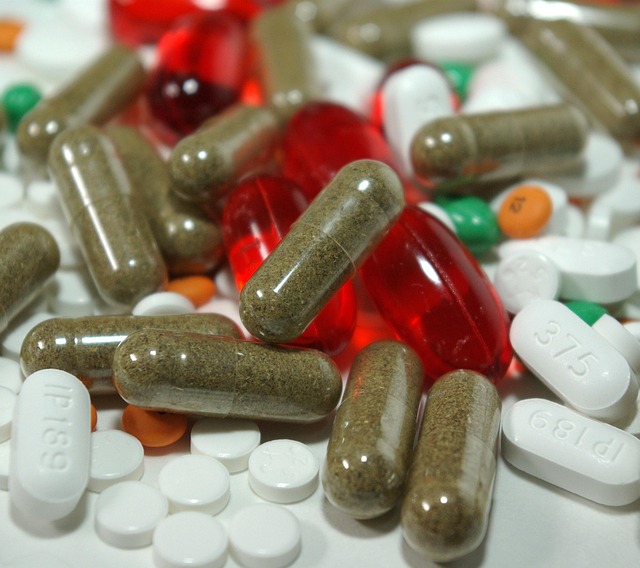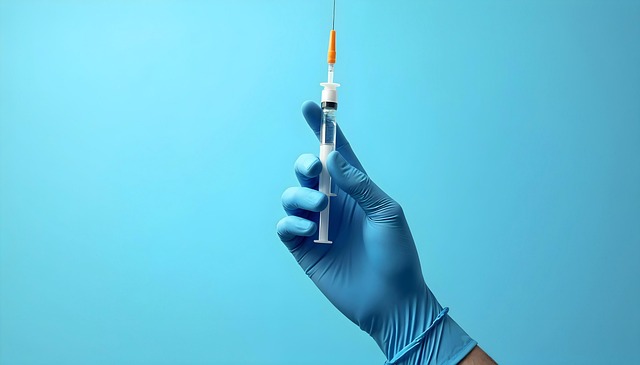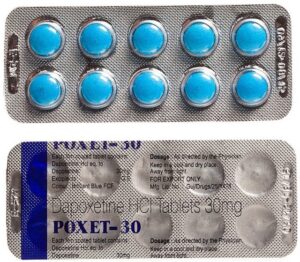GLP-1 receptor agonists, mimicking natural hormone GLP-1, transform Type 2 diabetes management with minimal side effects. They enhance insulin secretion, reduce glucagon release, and slow gastric emptying, effectively lowering blood sugar levels. Beyond diabetes, these drugs aid weight loss and lower cardiovascular risks. Personalized treatments, tailored to individual needs, offer improved adherence and enhanced quality of life. Common side effects include gastrointestinal distress, reduced appetite, and pancreatitis, which often improve over time. Barriers to treatment adherence can be overcome with education, simplified regimens, and support systems. Real-life case studies show significant improvements in blood sugar levels and quality of life. Future developments include personalized medicine, advanced delivery methods, and AI for faster clinical development, aiming to optimize drug actions and minimize side effects. Patient education, support, and regular follow-ups are crucial for maximizing the benefits of GLP-1 drugs.
“GLP-1 receptor agonist therapies have emerged as a powerful tool in managing Type 2 diabetes, offering improved patient outcomes and quality of life. This comprehensive guide explores the various facets of these innovative treatments. From understanding the mechanism of GLP-1 drugs to addressing common side effects and enhancing adherence, we delve into the real-life impact of GLP-1 agonists. Additionally, we present case studies, discuss future trends, and emphasize the crucial role of patient education in navigating this promising diabetes management approach.”
Understanding GLP-1 Receptor Agonists: Unlocking Type 2 Diabetes Management

GLP-1 receptor agonists are a class of drugs that mimic the effects of a natural hormone called glucagon-like peptide-1 (GLP-1), which is produced in the gut after eating. These drugs play a significant role in managing Type 2 diabetes by enhancing insulin secretion and reducing glucagon release, helping to lower blood sugar levels. They are often prescribed as an oral medication or an injection, offering a more convenient alternative to insulin therapy for many patients.
By unlocking key aspects of glucose control, GLP-1 drugs have revolutionized diabetes management. Their ability to provide sustained blood sugar reduction with minimal side effects has made them a popular choice for those living with Type 2 diabetes. Moreover, these therapies can improve overall metabolic health and reduce the risk of diabetic complications, significantly enhancing patients’ quality of life.
The Role of GLP-1 Drugs in Improving Patient Outcomes

GLP-1 drugs play a pivotal role in enhancing patient outcomes for individuals with type 2 diabetes and obesity. These medications, known as glucagon-like peptide-1 (GLP-1) receptor agonists, mimic the natural hormone GLP-1, which is produced by the intestine in response to food intake. By activating specific receptors in the brain and pancreas, GLP-1 drugs stimulate insulin secretion, suppress glucagon release, and slow gastric emptying, leading to improved blood sugar control.
Beyond their primary function, GLP-1 drugs offer several additional benefits. They can help patients lose weight by reducing appetite and increasing feelings of fullness, making them valuable tools in the management of obesity. Moreover, these drugs have been shown to reduce cardiovascular risks, including major adverse cardiac events, thereby improving overall patient health and well-being. The multifaceted approach of GLP-1 drugs in managing diabetes and promoting better health outcomes makes them a game-changer in modern medicine.
Personalized Treatment: How GLP-1 Therapies Tailor to Individual Needs

GLP-1 receptor agonist therapies offer a personalized approach to patient care, tailoring treatments to individual needs and preferences. Unlike one-size-fits-all solutions, these drugs recognize that each patient’s journey with diabetes or obesity is unique. By mimicking the effects of natural hormones, GLP-1 medications can be finely adjusted based on factors like meal timing, physical activity levels, and personal goals. This customization allows healthcare providers to prescribe the most effective dose and delivery method, ensuring optimal patient satisfaction and outcomes.
The personalized nature of GLP-1 therapies translates into improved adherence and quality of life for patients. By taking into account individual lifestyles and dietary habits, these treatments can be seamlessly integrated into daily routines. This adaptability is particularly beneficial for those seeking long-term solutions to weight management or blood sugar control, as it fosters a sense of autonomy and empowerment in their healthcare journey.
Common Side Effects and Patient Concerns with GLP-1 Agonists

Many patients who start GLP-1 agonist therapies for diabetes or weight management soon become aware of some common side effects. These can include nausea, vomiting, diarrhea, and abdominal pain—often referred to as gastrointestinal distress. These symptoms are usually mild and tend to lessen over time as the body adjusts to the medication. Patients may also experience reduced appetite, which can lead to a decrease in food intake and potentially result in weight loss. While this is beneficial for managing blood sugar levels, it’s important to monitor nutrition and overall health.
Other concerns include potential effects on the immune system, increased risk of pancreatitis, and rare but serious reactions like hypersensitivity or anaphylaxis. Patients are often advised to report any unusual symptoms promptly. Regular monitoring by healthcare providers can help manage these risks and ensure optimal patient experiences with GLP-1 drugs.
Enhancing Adherence: Strategies for Patients to Stick with GLP-1 Treatments

Many patients face challenges when starting GLP-1 receptor agonist therapies, often leading to treatment discontinuation due to various barriers. Enhancing adherence is crucial for achieving better glycemic control and long-term benefits of these drugs. One effective strategy involves patient education and engagement. Healthcare providers should spend time explaining the importance of consistent dosing and potential side effects, empowering patients with knowledge to actively participate in their care.
Additionally, simplifying treatment regimens and using easy-to-use injection devices can significantly improve patient adherence. Regular follow-ups and reminder systems, such as mobile apps or text messages, can also help individuals stay on track. Encouraging support from family or friends and joining patient communities can provide emotional reinforcement, making it easier for patients to commit to their GLP-1 drug treatments.
Case Studies: Real-Life Success Stories of GLP-1 Receptor Agonist Therapies

In the realm of diabetes management, case studies illustrate the profound impact of GLP-1 receptor agonist therapies. These real-life success stories highlight how GLP-1 drugs effectively lower blood sugar levels and improve overall patient outcomes. Many patients have reported significant reductions in HbA1c levels, a key marker of long-term blood glucose control, after incorporating these medications into their treatment plans.
The transformative effects extend beyond numerical improvements in blood sugar readings. Case studies also reveal enhanced quality of life for patients, thanks to GLP-1 drugs’ ability to reduce hunger pangs and promote satiety, leading to weight loss. This dual benefit of better glycemic control and improved obesity management makes GLP-1 receptor agonists a game-changer in diabetes treatment, revolutionizing the way patients manage their condition in today’s digital era.
Future Prospects: Emerging Trends in GLP-1 Drug Development

The future of GLP-1 drug development looks promising, with researchers continuously exploring innovative approaches to enhance efficacy and improve patient experiences. One emerging trend is the focus on personalized medicine, where treatments are tailored to individual patients’ needs based on their unique physiological characteristics. This involves refining drug delivery methods, such as implementing advanced injection technologies and exploring oral formulations to increase patient convenience and adherence.
Additionally, the integration of artificial intelligence (AI) and machine learning algorithms in drug discovery processes is gaining traction. These technologies enable more efficient identification of potential GLP-1 drug candidates and predict their effectiveness, thereby expediting clinical development. The goal is to optimize GLP-1 drugs’ mechanisms of action, reduce side effects, and ultimately provide better glycemic control for patients with diabetes.
Patient Education and Support: Navigating the Journey with GLP-1 Medications

Patient education and support play a pivotal role in enhancing GLP-1 receptor agonist therapies’ effectiveness. Many patients find the transition to GLP-1 drugs challenging due to potential side effects like nausea, vomiting, or diarrhea. Healthcare providers must spend ample time explaining these medications, their benefits, and managing expectations. Offering personalized guidance and addressing concerns can significantly improve patient adherence and satisfaction.
Support systems, including peer groups and online forums, can help patients navigate the journey. Sharing experiences and tips from those already accustomed to GLP-1 drugs can foster a sense of community and reduce feelings of isolation. Regular follow-ups with healthcare teams ensure ongoing support, allow for adjustments, and reinforce the importance of adhering to treatment plans.
